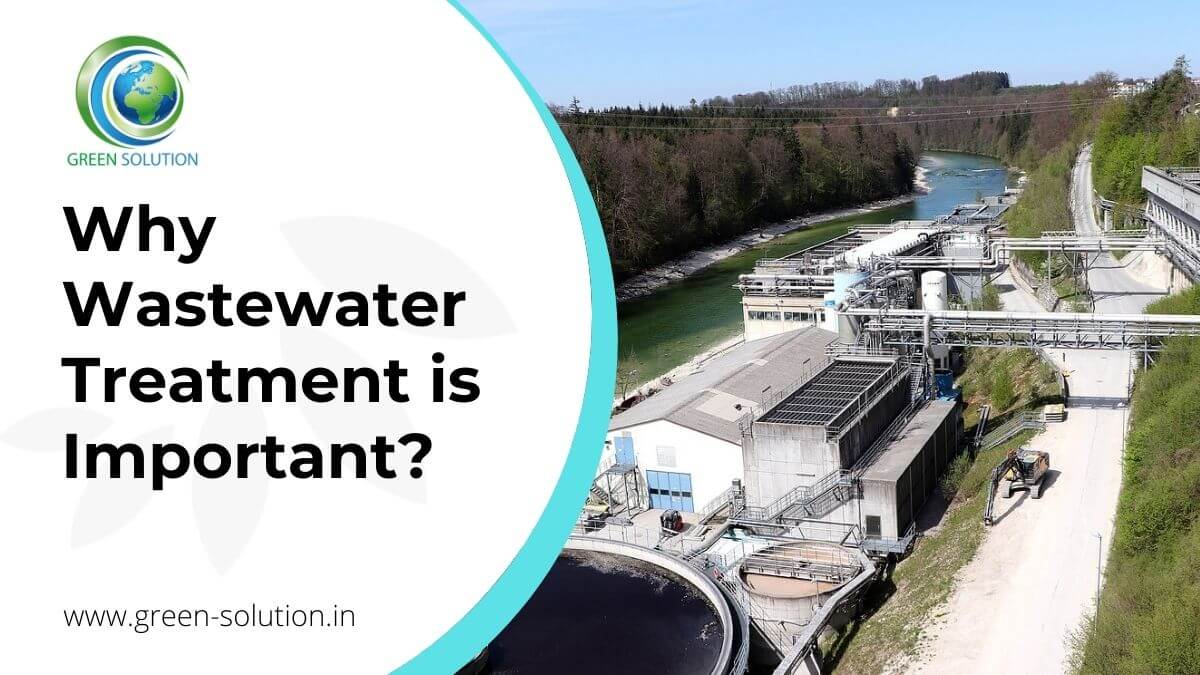Getting My Reclaim Waste To Work
Getting My Reclaim Waste To Work
Blog Article
Reclaim Waste Things To Know Before You Get This
Table of ContentsReclaim Waste Things To Know Before You BuyFacts About Reclaim Waste UncoveredReclaim Waste for BeginnersNot known Details About Reclaim Waste How Reclaim Waste can Save You Time, Stress, and Money.
Discover the types, events, and forms of fluid waste. Domestic sewer waste refers to the waste and items from a property septic system. This kind of waste is produced by humans in houses, institutions, and other structures. This only includes septic containers that have a drain field. The correct administration and disposal of residential sewer waste require fluid waste to be moved to a sewage therapy plant where the proper approaches and equipment are put on purify and deal with waste.
Business waste frequently includes possible threats, such as flammable materials or a blend of fluid and strong waste products, and requires an advanced and detailed disposal process. The disposal of industrial waste normally entails the filtration of waste prior to transportation to make sure secure and proper disposal. Industrial waste is produced from results and runoff of industrial processes and manufacturing.
This sort of waste can not make use of the same sewage management transportation or processes as septic or industrial liquids. The industrial waste administration process needs the assessment and screening of fluid waste prior to it goes through the disposal procedure (industrial wastewater treatment). Runoff waste is the liquid waste that originates from drainage and excess stormwater in very populated areas or cities
Overflow waste can trigger contamination and flooding otherwise handled effectively. Learn more concerning sewage system cleansing and waste administration. Making certain correct waste monitoring can protect against catastrophes and minimize environmental injury. Both people in property settings and professionals in commercial or manufacturing sectors can take advantage of comprehending the processes and policies of fluid waste management.
Getting My Reclaim Waste To Work
Contact PROS Providers today to learn more about our waste monitoring and disposal services and the proper means to take care of the liquid waste you produce.
(https://issuu.com/reclaimwaste1)Do you understand what happens to your water when you draw the plug, flush the commode or drain the cleaning maker? No? Well, it's worth recognizing. This so-called 'wastewater' is not only a vital source however, after treatment, will certainly be released to our land, rivers or the ocean. Used water from commodes, showers, bathrooms, kitchen area sinks, washings and industrial procedures is known as wastewater.

water used to cool down equipment or tidy plant and equipment). Stormwater, a kind of wastewater, is overflow that moves from agricultural and urban locations such as roofs, parks, gardens, roads, paths and rain gutters right into stormwater drains pipes, after rainfall. Stormwater streams neglected straight to neighborhood creeks or rivers, eventually reaching the sea.
See This Report about Reclaim Waste
In Queensland, many wastewater is dealt with at sewer therapy plants. Wastewater is transported from domestic or commercial sites with a system of sewage systems and pump terminals, understood as sewerage reticulation, to a sewage treatment plant.
The Division of Natural Resources recommends city governments about handling, operating and maintaining sewage systems and therapy plants. In unsewered areas, regional federal governments might need householders to mount specific or family sewage therapy systems to deal with domestic wastewater from toilets, kitchens, bathrooms and washings. The Department of Natural Resources authorizes using household systems when they are verified to be effective.
Most stormwater obtains no treatment. In some new communities, therapy of some stormwater to remove clutter, sand and gravel has actually begun using gross toxin traps. Wastewater therapy happens in four phases: Eliminates solid issue. Larger solids, such as plastics and various other items wrongly released to drains, are removed when wastewater is travelled through displays.
Wastewater after that streams into big containers where solids resolve and are removed as sludge. Oil and residue are skimmed from the surface. Uses tiny living organisms called micro-organisms to damage down and remove staying dissolved wastes and great bits. Micro-organisms and wastes are incorporated in the sludge. Gets rid of nitrogen and phosphorus nutrients that could create algal blooms in our waterways and endanger aquatic life.
Facts About Reclaim Waste Revealed
Nutrient elimination is not readily available in any way sewer treatment plants due to the fact that it requires expensive specialised devices. It is becoming more typical in Queensland. Clear fluid effluent produced after treatment might still have disease-causing micro-organisms. If this effluent is launched right into waterways such as rivers or the sea, the micro-organisms will at some point pass away out.

Many wastewater flows right into the sewerage system. Under the Act, regional governments carry out approvals and permits for eco relevant activities (ERAs) involving read the article wastewater launches that might have a neighborhood effect.
Reclaim Waste - The Facts
Or else, examples are taken for lab evaluation. Frequently several examinations are needed to develop the degrees of each of the different contaminants such as oils, hefty steels and pesticides in water. Monitoring supplies valid details regarding water high quality and can validate that permit conditions are being met. The info acquired with tracking gives the basis for making water top quality choices.
Report this page